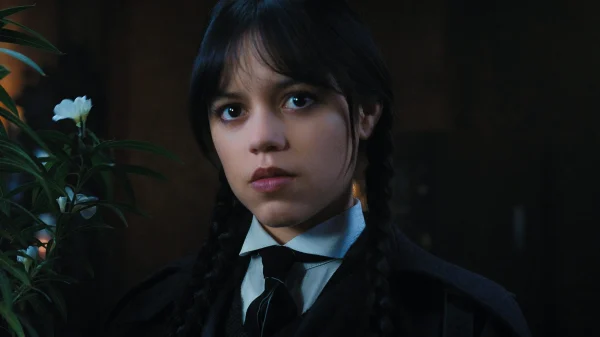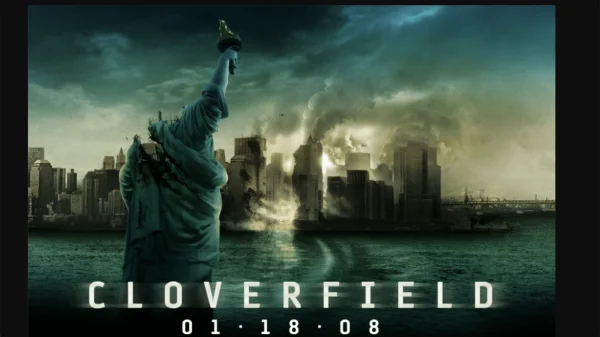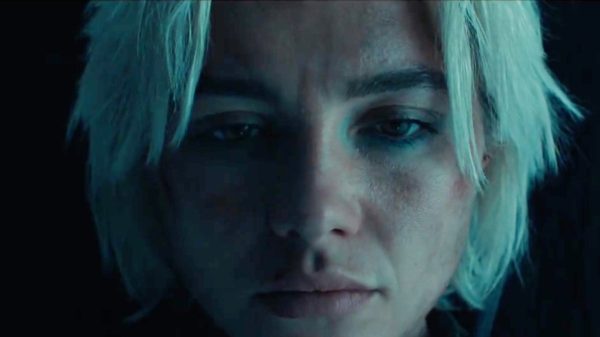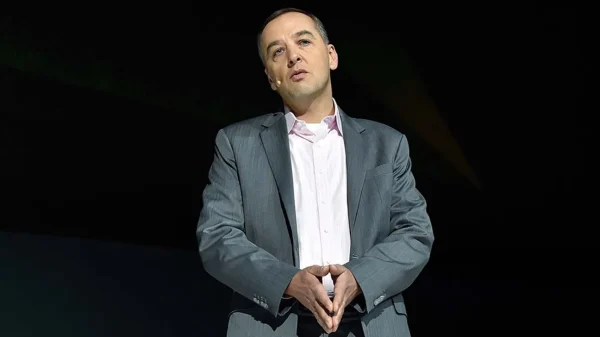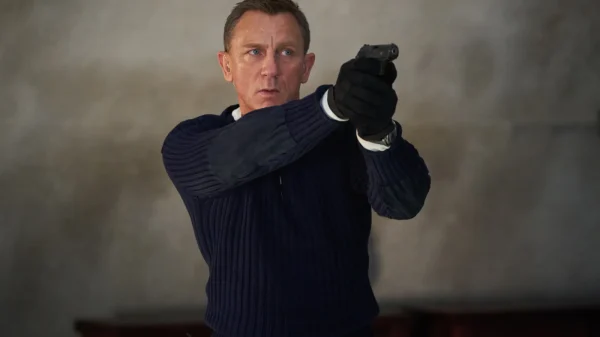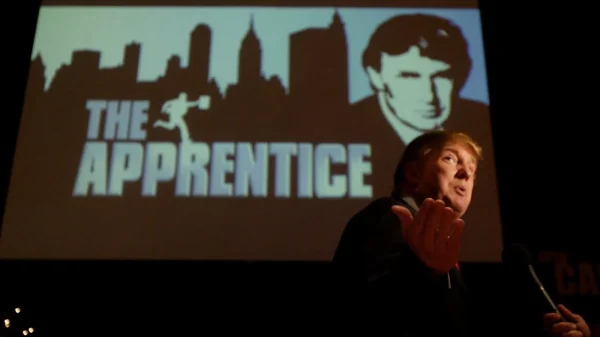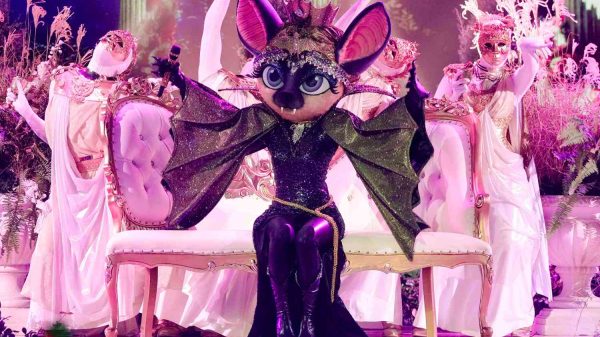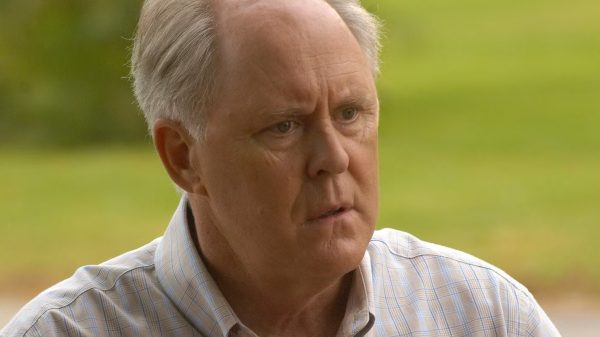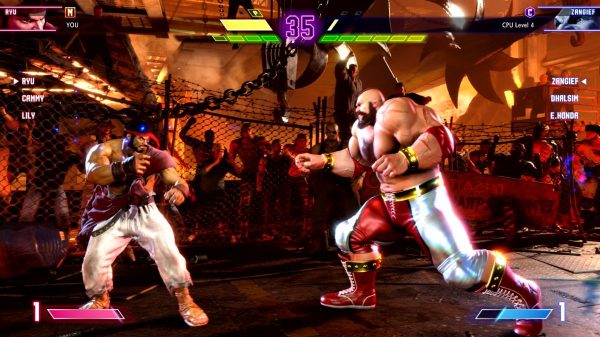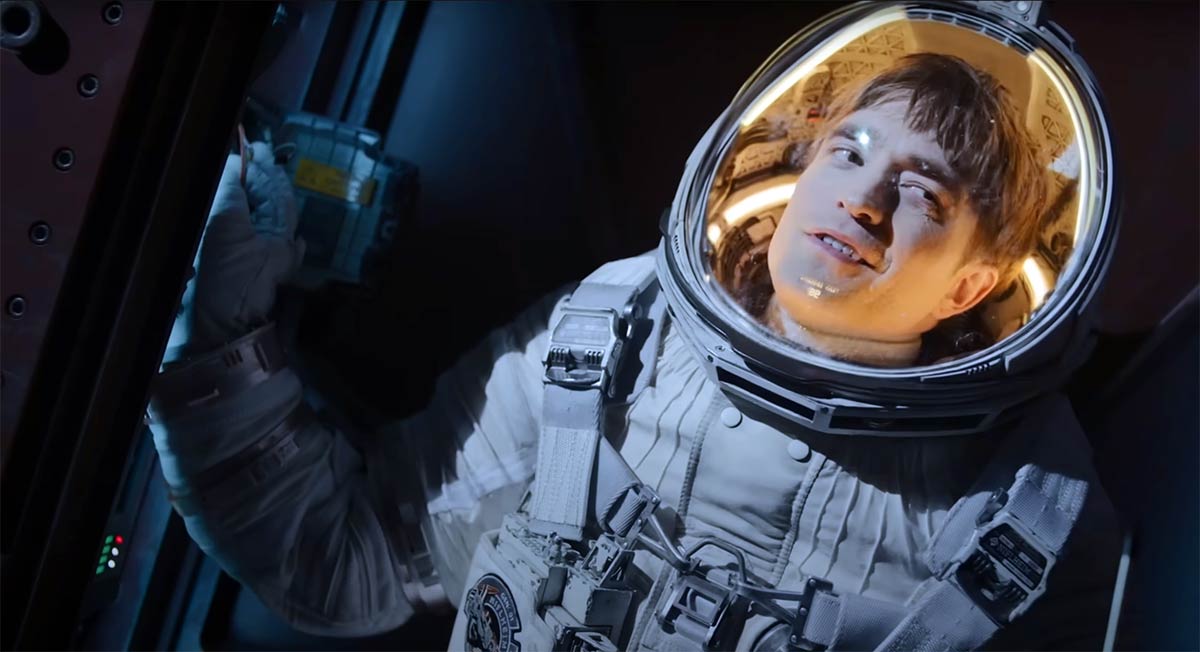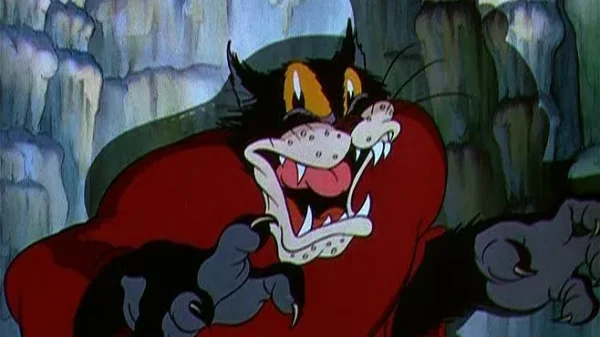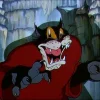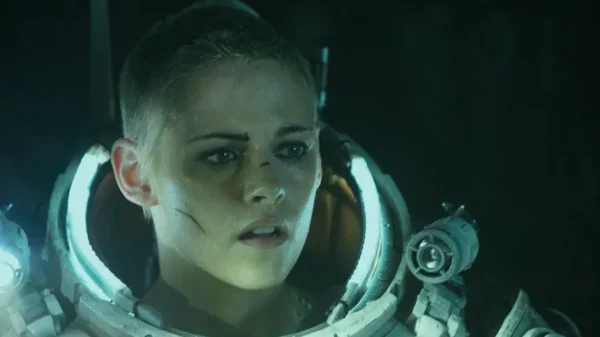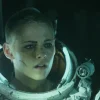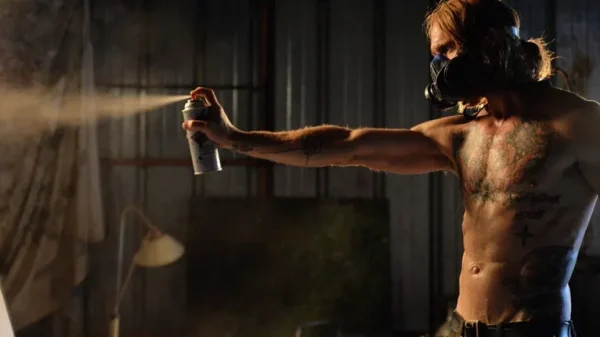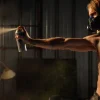Robert Pattinson takes on multiple roles as clones in Bong Joon Ho’s ambitious big-budget follow-up to Parasite. While Pattinson delivers an engaging performance, the film itself ultimately struggles to find coherence.
In recent years, few Best Picture winners at the Oscars have been as thrilling as Bong Joon Ho’s Parasite—not only because it was the first non-English-language film to win the award but also due to its scathing critique of wealth and privilege.
It stood apart from typical awards contenders by offering a truly subversive take on class disparity, with its Hollywood accolades only adding an extra layer of irony.
For admirers of the South Korean director, the good news is that despite his heightened commercial profile, his long-anticipated follow-up remains just as audacious. Though it features an expansive sci-fi narrative with Hollywood A-listers and weighty themes, it largely avoids the self-important tone that often accompanies projects of this scale.
The bad news, however—and perhaps the reason for its delayed release—is that the film seems uncertain about the direction it wants to take. Ultimately, this results in a significant disappointment from a filmmaker of Bong’s caliber.
At the very least, fans of Robert Pattinson will appreciate the opportunity to see multiple (primarily two) versions of the actor in one film.
He portrays Mickey Barnes, a struggling man in a dystopian near-future where masses of people are desperate to escape Earth. To secure a place in a space colony program, he agrees to become an “expendable”—a disposable worker subjected to hazardous experiments, only to be “reprinted” as a new clone each time he perishes.
This system functions smoothly until the seventeenth iteration of Mickey unexpectedly survives a fall into an ice shaft on the distant planet Niflheim—only to return home and discover that Mickey 18 has already taken his place. The central question then becomes: can two versions of the same person coexist, or will conflict arise?
The concept of human cloning—or “reprinting”—holds immense narrative potential. It could serve as a profound philosophical exploration of identity, mortality, and selfhood.
Additionally, it presents an opportunity for biting satire, as the expendables program offers a darkly exaggerated reflection of a society that ruthlessly exploits its labor force.
However, the film seems oddly uninterested in seriously engaging with these existential dilemmas, and its attempts at satire are disappointingly broad, lacking the sharp edge necessary to make a real impact.
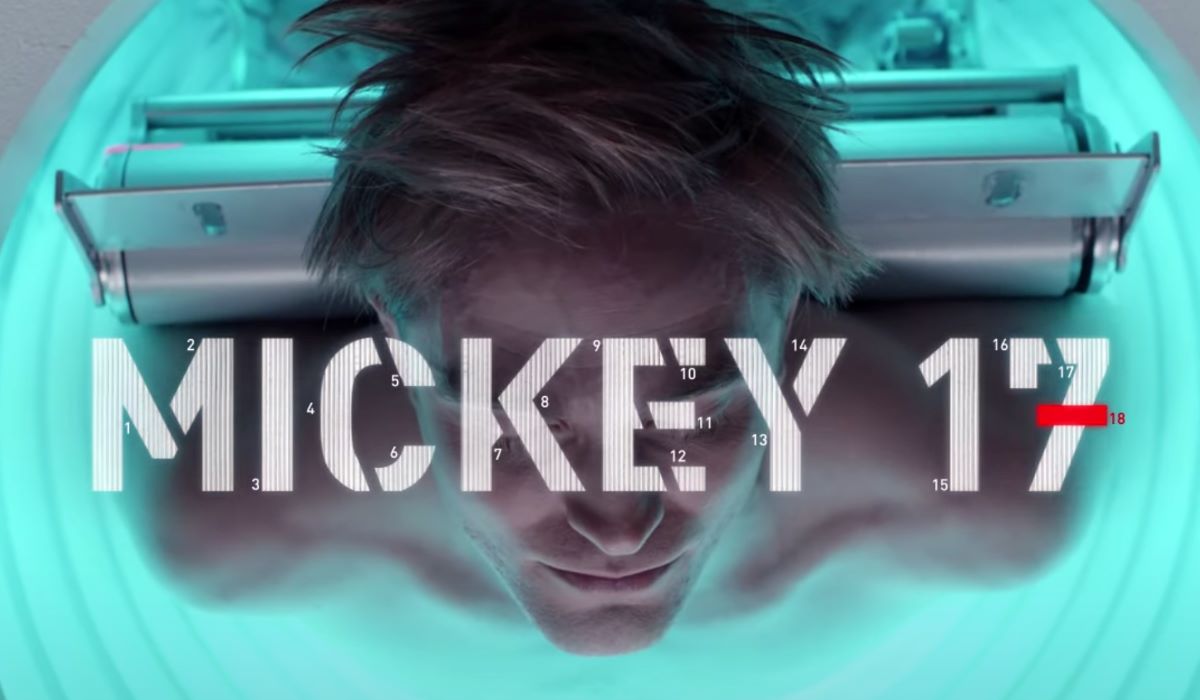
Sci-fi Mickey 17 Starring Robert Pattinson
The colony is overseen by Mark Ruffalo, who plays a flashy, egotistical showman with gleaming teeth and an exaggerated bouffant hairstyle.
Unfortunately, his performance is heavy-handed and predictable from beginning to end. Equally grating is Toni Collette’s portrayal of his domineering wife, whose oversized, insincere grin never wavers. The genius of Parasite lay in its ability to subtly unravel the superficial charm of its wealthy characters.
Here, however, the villains are painted in such broad, cartoonish strokes that they lack depth or intrigue, feeling more like caricatures from an uninspired Saturday Night Live sketch.
This might be excusable if the film were at least consistently funny—but time and again, its comedic attempts fall flat, with jokes that rarely land.
Some performances manage to rise above the material. Naomi Ackie, as Mickey’s lover Nasha, delivers an energetic, profanity-laced performance and shines in a rousing anti-establishment speech. Pattinson, too, finds entertainment in playing against himself, contrasting the timid, slightly neurotic Mickey 17 with the gruff and rebellious Mickey 18.
However, this dynamic—which initially serves as one of the film’s more intriguing aspects—ends up being sidelined when the two versions of Mickey put aside their differences to face a grand-scale action finale.
This climactic sequence sees them encounter the planet’s indigenous species, the Creepers—giant, insect-like creatures reminiscent of Dune‘s sandworms, only with legs.
In an abrupt tonal shift, Bong embraces the very blockbuster formula he had previously resisted, and the film struggles to integrate this change, further emphasizing its identity crisis.
With a reported budget of $150 million, this peculiar production faces an uphill battle in securing the audience it needs to succeed. While it’s refreshing to see a major studio take a gamble on something this unconventional, one can only hope that its commercial struggles don’t discourage studios from taking creative risks in the future.

